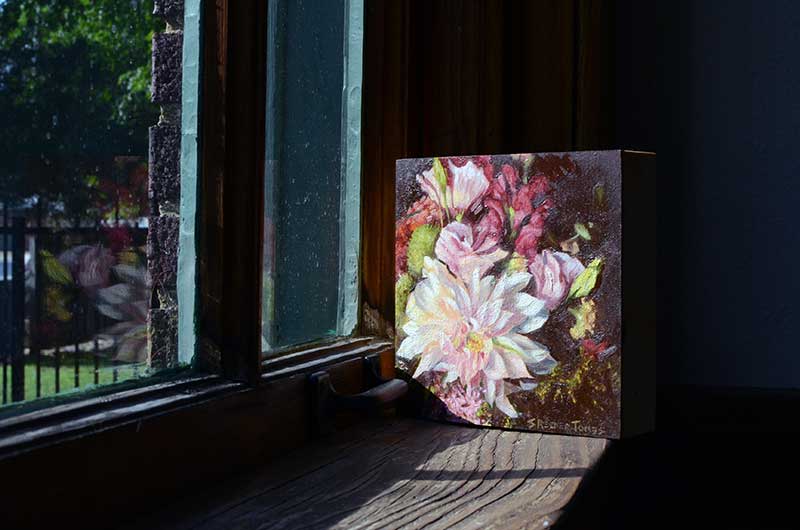getRealism
Want to create realism in art? You've come to the right place.

Does Oil Paint Dry Faster In The Sun?
Let's chat about how environmental factors like heat and humidity affect the drying time of oil-based paint. Learn how to dry an oil painting quicker.
How do I make my oil painting dry quicker?
If you want your oil paint to dry faster, one of the simplest methods is to place your painting in a warm, dry area or near a sunny window. Oil paint dries more quickly in warm, dry conditions, so painting outdoors on warm, sunny days can also help speed up the drying process.
However, it’s essential to keep in mind that oil paint naturally dries slowly. Rushing the process can compromise the quality of your artwork. Therefore, it's best to plan accordingly. Instead of trying to hurry the drying, consider using less linseed oil and painting in thin layers. Linseed oil can slow the drying time, giving you more time to blend and work on your painting. Using a fast-drying oil painting medium during your work may also shorten the drying time. Thinner paint layers dry faster as well.
Remember that the drying time of oil paint can vary based on several factors, including the type of oil used, the paint color or pigment, how much additional oil is added, and environmental conditions like temperature and humidity.
Once the paint reaches the "set-to-touch" or "dry-to-touch" stage, it may look dry on the surface while the layers underneath are still wet, so handle your painting with care to avoid smearing or distorting the paint.
Have realistic expectations about drying times. It is challenging to make a finished painting dry quickly. Therefore, it’s wise to set realistic deadlines and complete your painting well ahead of shows and exhibitions. This may not be what you want to hear if you're hoping for your oil painting to dry quickly.
In summary, does oil paint dry fast? No, it does not. Oil-based paint dries slowly, which makes it easier to work with than acrylic paint, which dries quickly. If you truly need a fast-drying medium, consider using watercolor instead.
Author: Sonia Reeder-Jones